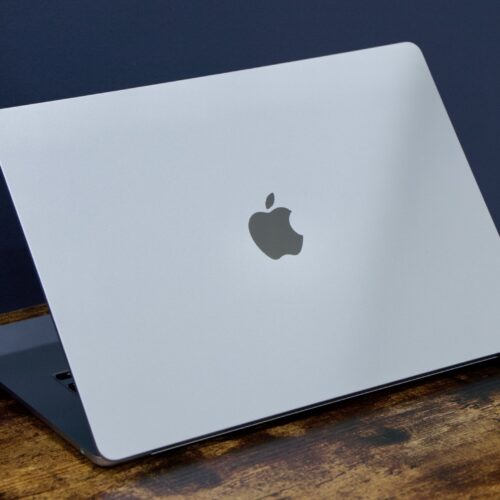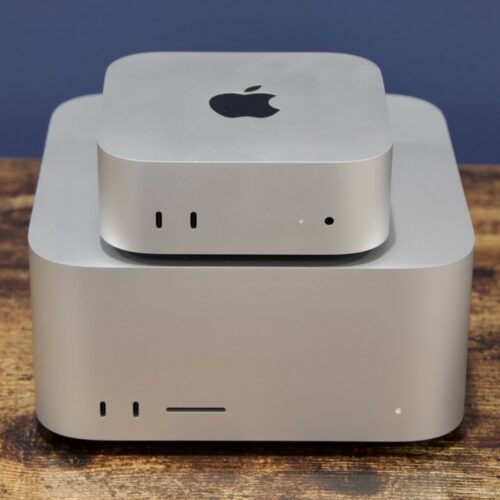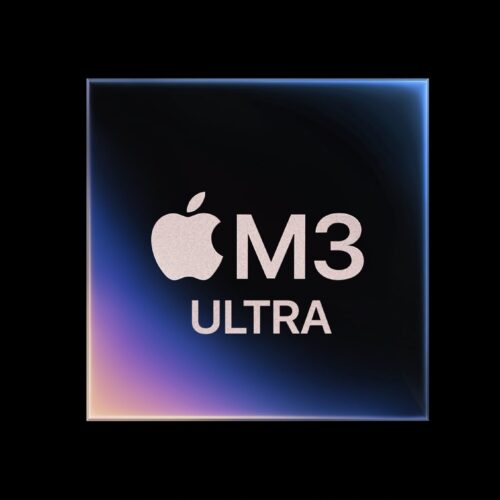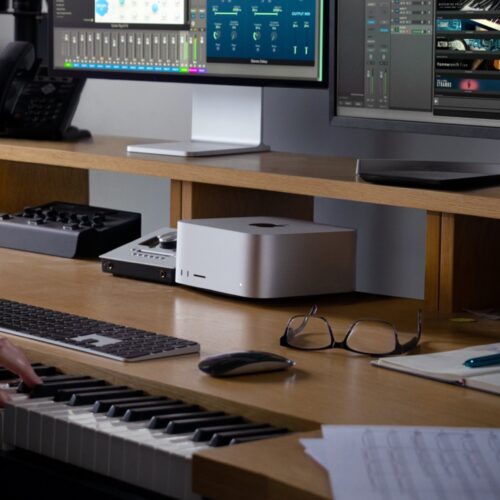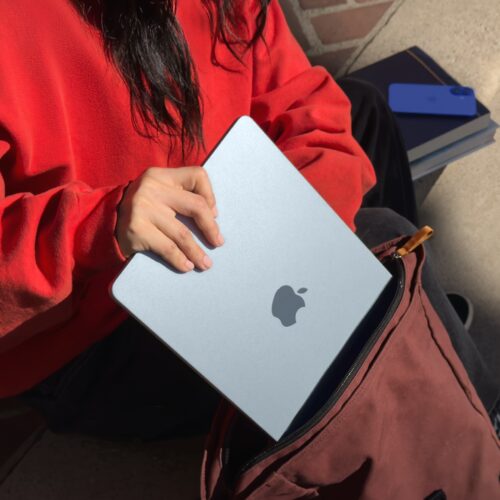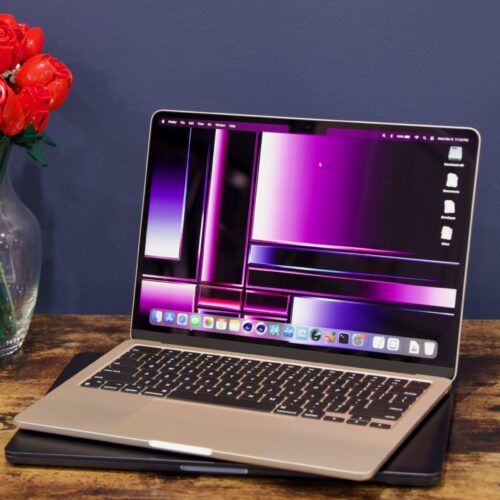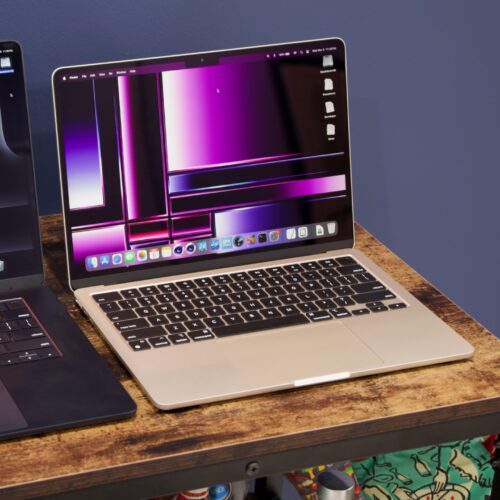How a lack of ammo made the swap from Kalashnikovs to M4 carbines a headache for Ukraine's special operators

Courtesy of the 4th Ranger Regiment
- Ukrainian soldiers have received a number of Western arms seen as upgrades to their Soviet-era weapons.
- For its Special Operations Forces, one upgrade was when they got American M4s.
- A soldier told BI that it was a tough transition for some, but they eventually got the hang of it.
Ukrainian special operators needed a minute to get the hang of M4 carbines when they traded their classic Soviet-era rifles for the American weapon, a Ranger recently told Business Insider. A lack of ammo didn't help.
The soldier goes by the call sign Harley and is with the 4th Ranger Regiment, a Ukrainian special operations unit patterned after its US Army counterparts. He said that SOF units started the war in February 2022 with Soviet-designed Kalashnikovs. After a few weeks, they received US-made M4A1s, changing both the training and combat.
Harley, who spoke to BI through a translator, said that he had previous experience with the M4 before the Russians invaded, so it wasn't a big deal for him to make the transition away from the Kalashnikov rifles.
However, he said, the switch was a bit of a problem for many of his fellow soldiers at first. The Ukrainians weren't used to the M4, so they had to overcome some psychological barriers and past habits.
"But when a rifle shows results, it quickly changes your mind to it," he said.

Photo by Diego Herrera Carcedo/Anadolu via Getty Images
The M4 carbine is a widely popular weapon developed in the 1980s by the American gun maker Colt's Manufacturing Company. It's a shorter version of the M16 used by the US military and dozens of other countries, and it fires 5.56×45 mm NATO rounds. This is a change from the Soviet Kalashnikovs, also widely used, which fire 7.62x39 mm ammunition.
The Kalashnikov, represented by firearms like the AK-47 and AK-74, is a very recognizable collection of assault rifles that were originally designed and produced in the Soviet Union. Given Ukraine's history with Soviet weaponry, the country is more accustomed to these rifles.
One of the biggest issues during the transition, Harley said, was that the Ukrainian soldiers didn't receive enough M4 bullets — only around 100 per soldier each day — for training at the start of the war. They did, however, have plenty of rounds for the Kalashnikovs.
An American sniper previously told BI that he prefers the Soviet weapons because the ammunition is easier to come by. The Ukrainians have a lot of it, and they can always take bullets off the Russians, too.
"When you don't train well, it's difficult for you in operations," Harley said. "Of course, in operations, no one limited us to ammunition, and we had as much ammunition as we wanted. But it was during training that, at first, we did not have enough ammunition to prepare properly and raise our hits to the level required."
Harley said that once the Ukrainian soldiers started using the M4 in combat missions, they became comfortable with the rifles.

US Army photo by Sgt. 1st Class Kevin A. D. Spence
Beyond the ammunition and psychological barriers, the upgrade had only advantages. They eventually received enough bullets for extensive training.
"Now this situation has changed, we have everything available," he told BI earlier this month. "We have raised our level of proficiency with this weapon."
The switch from the Kalashnikovs to the M4 is one of many examples where, after Russia launched its full-scale invasion, Ukrainian troops traded Soviet-designed weaponry for Western-made combat equipment. Ukrainian soldiers are fighting in American Bradley infantry fighting vehicles instead of BMPs, F-16 fighter jets instead of old MiGs and Sukhois, and Abrams tanks instead of T-72 tanks.
Harley said that later in the war, the SOF received and started using the DDM4 rifle, which is similar to the M4A1. He said this weapon combines some of the characteristics of an assault rifle and a sniper rifle, allowing for flexibility in missions.
Since Russia invaded, Ukraine's Western backers have given it weapons to boost its defensive capabilities. Beyond tanks, armored vehicles, and fighters, the war-torn country has also received artillery, air defenses, and long-range missiles.
It hasn't always been the smoothest process, with Western indecision and delays at times causing Ukraine to miss critical windows of opportunity. It continues to be a challenge even now as Ukraine is in negotiations to potentially end the war.

